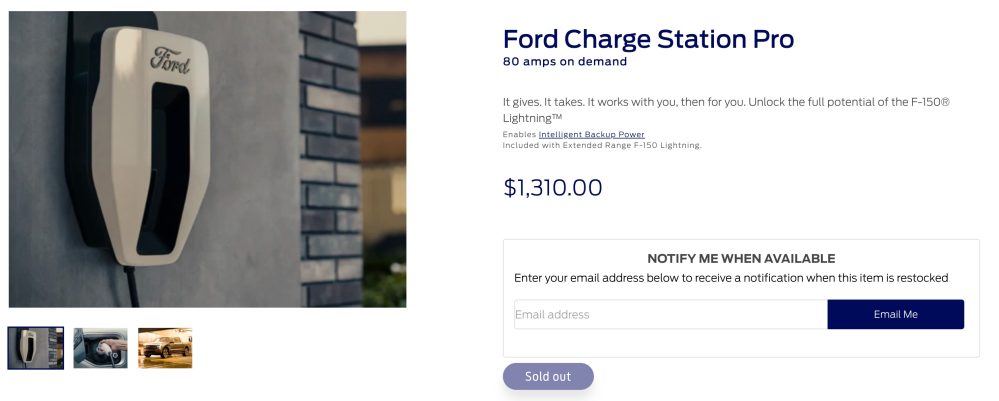We bought a Skoda Enyaq VRS Coupe with an 80kWh battery yesterday for my Wife.
While I was playing with the User Interface yesterday setting up my Guest Driver profile, I came across this screen.
Bidirectional Charging... Yes!
So it seems this 80kWh car allows you to use 10,000 kWh or 4000 hours of Bidirectional Charging.
This I want to explore, as 10 MWh is not to be sniffed at, and could top us up through Winters at home.
1 MWh top up over each Winter (equivalent to 74 Full Powerwalls) would last 10 years.
View attachment 954266
View attachment 954265





